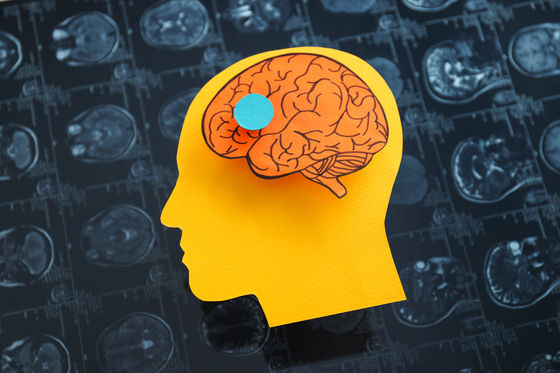Study finds that young people who engage in disruptive and antisocial behavior have smaller brains

A study of brain scans of adolescents with
Cortical structure and subcortical volumes in conduct disorder: a coordinated analysis of 15 international cohorts from the ENIGMA-Antisocial Behavior Working Group - The Lancet Psychiatry
https://www.thelancet.com/journals/lanpsy/article/PIIS2215-0366(24)00187-1/fulltext
Youth with conduct disorder show widespread differences in brain structure | National Institutes of Health (NIH)
https://www.nih.gov/news-events/news-releases/youth-conduct-disorder-show-widespread-differences-brain-structure
Conduct disorder is a mental illness defined as 'a medical condition characterized by repetitive, multi-domain problematic behavior that violates social norms' and is characterized by repeated antisocial behavior that is more severe than ordinary childhood mischief or adolescent rebellion.
'Conduct disorder represents one of the highest burdens of mental health disorders among adolescents, yet it remains understudied and undertreated,' said Daniel Pine, PhD, director of the National Institute of Mental Health (NIMH). 'Understanding the brain differences associated with conduct disorder can help us develop more effective approaches to diagnosis and treatment, ultimately improving long-term outcomes for children and their families.'

To better understand conduct disorder from a neurological perspective, a team of researchers led by Yidian Gao of the University of Birmingham and Marlene Staginus of the University of Bath, along with
The analysis compared the surface area and thickness of the cerebral cortex, and the volume of deep subcortical brain regions, of 1,185 adolescents diagnosed with conduct disorder with 1,253 adolescents without it. Data on cortical and subcortical brain regions were also compared between boys and girls, those who developed symptoms during childhood or adolescence, and those with high or low levels of prosocial traits, such as empathy.
They found that adolescents with conduct disorder had smaller total cortical surface area and in 26 of 34 cortical regions, with significant differences in cortical thickness in two of those regions. Most notably, the outer layer of the brain, called the cerebral cortex, which is important for controlling behavior, cognition, and emotions, was smaller.

In addition, adolescents with conduct disorder also had smaller volumes of subcortical regions, such as the amygdala, hippocampus, and thalamus. These regions play a central role in controlling the problem behaviors seen in conduct disorder. Several studies have previously found brain regions associated with conduct disorder, but this study was the first to reveal an association between some areas and conduct disorder.
Other findings include that while the association between conduct disorder and brain structure did not differ between boys and girls, it did exist across conduct disorder subgroups based on age at onset and levels of prosocial traits. Brain differences were particularly pronounced in adolescents who showed more severe signs of conduct disorder, characterized by low empathy, guilt, and self-blame.
'This is the largest and most extensive study of conduct disorder to date, and it supports the idea that the disorder is rooted in brain structure, and provides new insights into brain differences that are more widespread than previously understood. These findings may aid efforts to clarify the causal relationship between brain structure differences and symptoms of conduct disorder, as well as to target specific brain regions for improved diagnosis and treatment.'
'An important next step will be to conduct long-term follow-up studies to determine whether the brain structural differences seen in this study are a cause of conduct disorder or a consequence of living with it,' said Pine.
Related Posts:
in Science, Posted by log1l_ks







